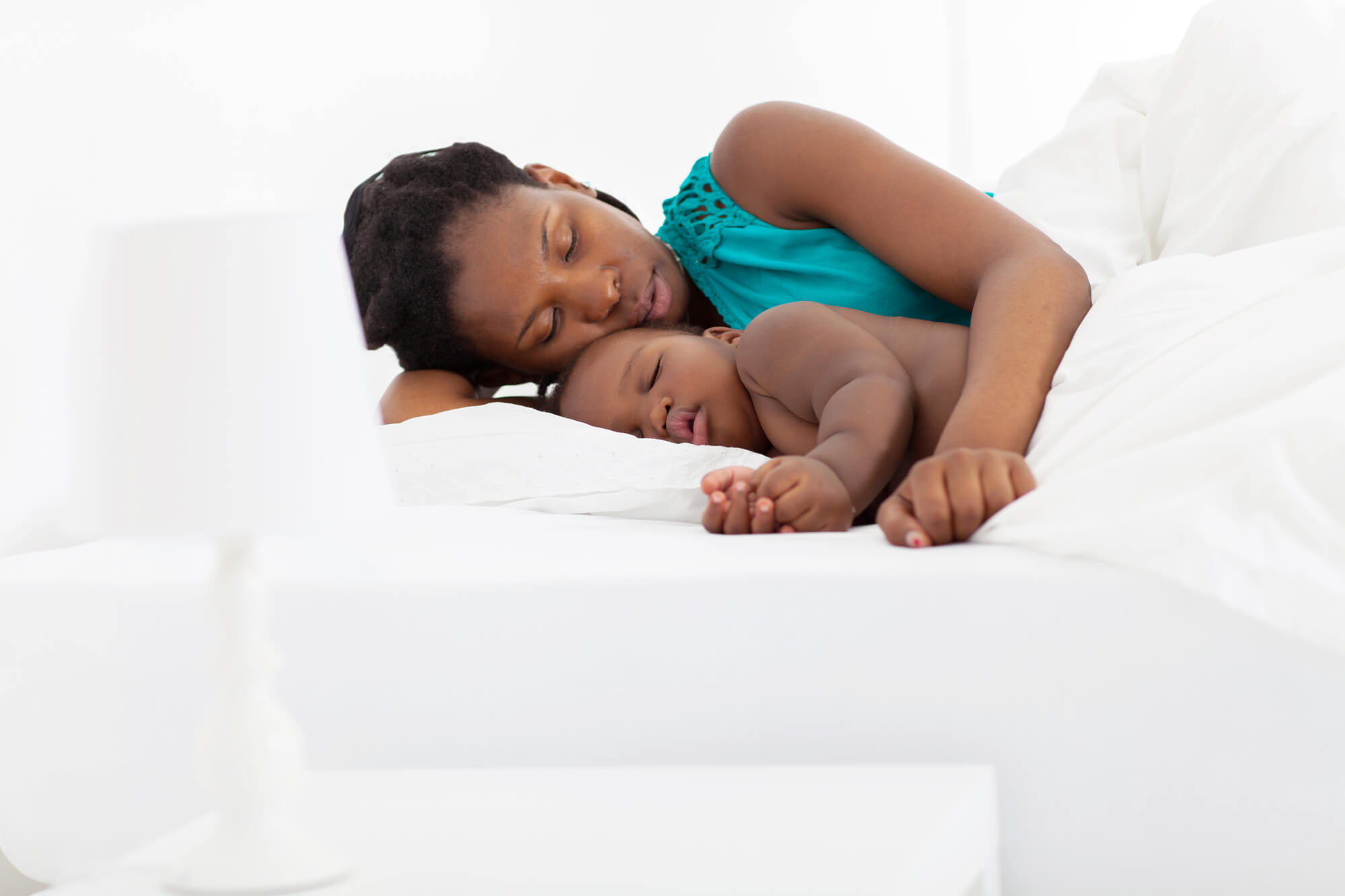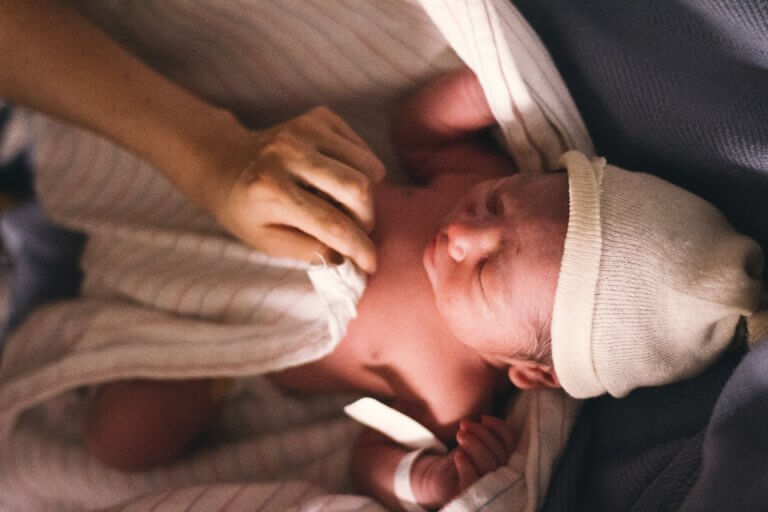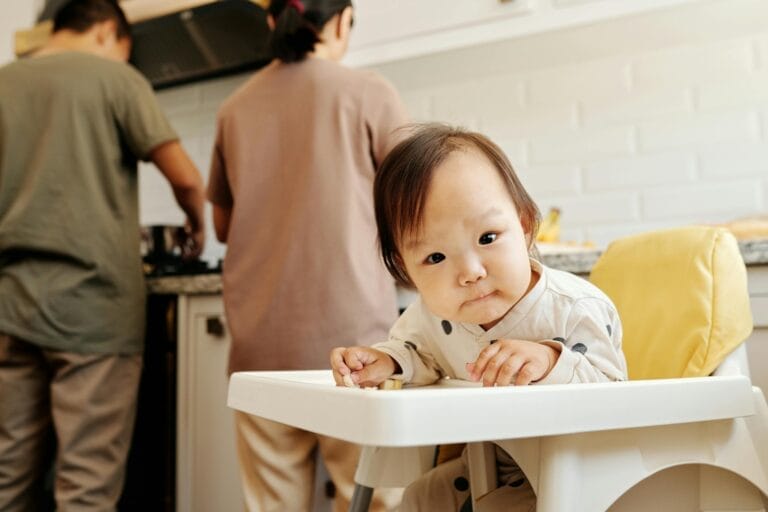Sleep Training Considerations Part III: Safe Bed-Sharing
How do I Achieve Safe Bed-Sharing?
There’s a helpful La Leche League-designed infographic, here, highlighting the seven key recommendations for keeping bed-sharing safe for baby. The most important of these, in light of what was mentioned above, would be that mother is not under the influence of any substances, including tobacco-use. Due to the physiological connection between a nursing dyad, mother and baby have similar arousal patterns during sleep. This is precisely what keeps bedsharing safe. If this is dampened by a substance, the likelihood for mother to accidentally harm baby in her sleep, is increased. Many of the co-sleeping tragedies that we hear about in the media are due to this unsafe practice.
From zero to four months of age, when there is greatest risk of unexplained death for babies, bed-sharing is not recommended for babies who are not breastfeeding. The absence of breastfeeding lends itself to positional changes during bed-sharing, namely baby being placed up near mother’s face, near or in-between pillows, rather than down at breast-level as a breastfeeding baby would lie. Additionally, mothers who are not breastfeeding, do not naturally sleep with baby in the protective “cuddle curl” position which has been repeatedly observed during sleeping for a breastfeeding pair. However, it is considered safe for any responsible adult to sleep with baby once baby is older than four months of age.
Giving it a try and the Adjustment Period
With all the negative hype around bed-sharing, it’s natural for mothers to feel a bit anxious the first several nights of sharing a bed with baby. We’ve been told that this practice is dangerous and we’ve bought into that for so long that our bodies are on high-alert. This may be discouraging for many moms who might find the first couple nights with baby next to her to include more wake-ups than when baby was sleeping independently. You may wake suddenly in the middle-of-the-night feeling panicked that something bad has happened to baby while you were both sleeping. However, it seems after a those first few nights when you’ve “proven” to yourself that you aren’t in fact going to roll on to your baby, the anxiety eases. At that point, you can start to expect more restful sleep.
How can this be?
Since baby is directly next to you with easy access to your breast and because you’re biologically in sync with one another, there’s no need for your baby to wake fully and cry out to alert you of the need for a feeding. Rather, as your baby stirs in her sleep, you, sensing this, also stir and awaken just enough to snuggle baby close in the side-lying position and to make sure baby latches on. The need for calming baby down, shushing baby, forcing yourself to stay awake while nursing, and then re-swaddling are all negated. There can definitely be an adjustment period though for those of you who are not accustomed to bed-sharing. Please don’t let this be a deterrent! Better sleep really is right around the corner.
Final Wrap-Up
This three-part series has touched on a variety of issues today’s mothers are faced with.
- Part I discussed the lack of support for new mothers in both the workplace and societally and how that may affect one’s choices regarding sleep-training.
- Part II brought to light the fear-mongering surrounding “dangers” of bed-sharing that the the media and many doctors unfairly spout without proper evidence-based backing.
- Part III has provided information on how you can safely sleep next to your baby and gain back precious hours of sleep each night.
Hopefully, you feel encouraged by the information presented and feel as if there are choices that can be made to manage baby’s night-wakings that do not have to include undue distress for either of you.






